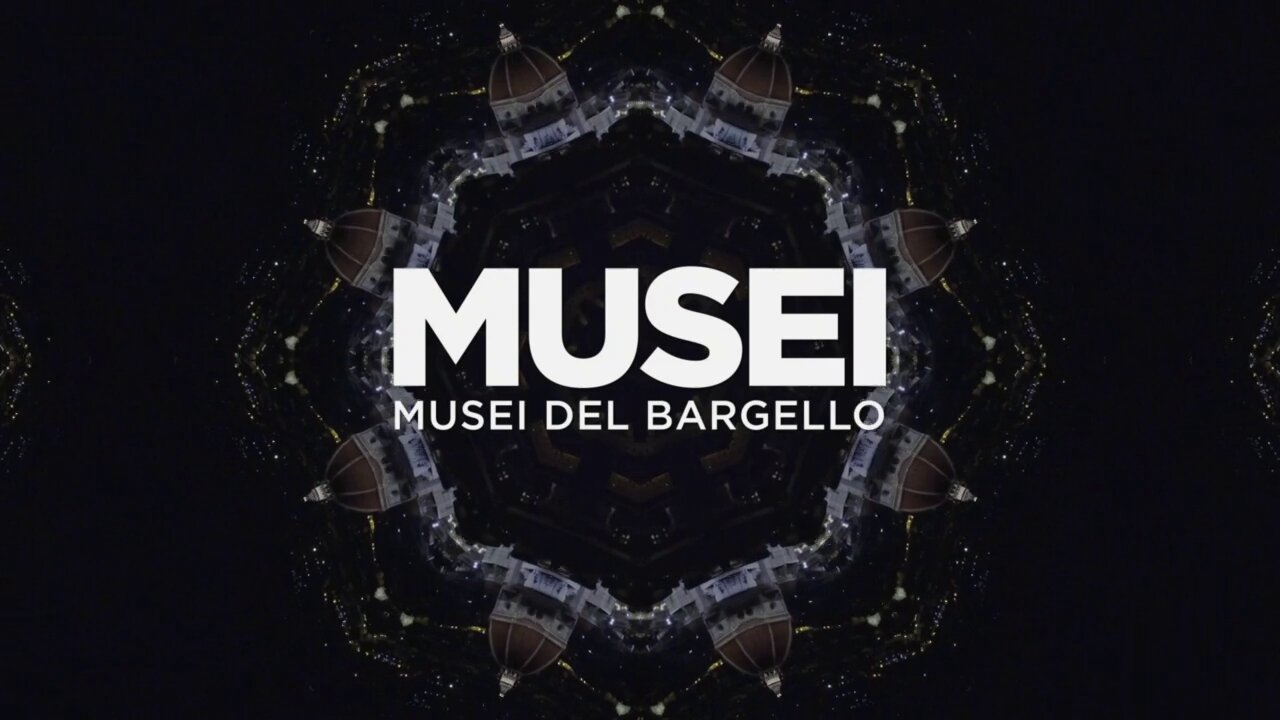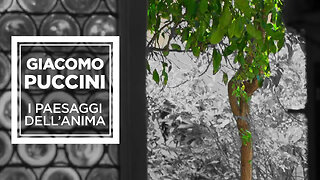Premium Only Content

Musei - Musei del Barghello | National Museum of Barghello (Episode 4)
Episode 4: The Bargello, also known as the Palazzo del Bargello or Palazzo del Popolo ("Palace of the People"), is a former barracks and prison in Florence, Italy. Since 1865, it has housed the Museo Nazionale del Bargello, a national art museum.
Construction began in 1255. The palace was built to house first the Capitano del Popolo and later, in 1261, the 'podestà', the highest magistrate of the Florence City Council. This Palazzo del Podestà, as it was originally called, is the oldest public building in Florence. This austere crenellated building served as model for the construction of the Palazzo Vecchio. In 1574, the Medici dispensed with the function of the Podestà and housed the bargello, the police chief of Florence, in this building, hence its name. It was employed as a prison; executions took place in the Bargello's yard until they were abolished by Grand Duke Peter Leopold in 1786, but it remained the headquarters of the Florentine police until 1859. When Leopold II, Holy Roman Emperor Peter Leopold was exiled, the makeshift Governor of Tuscany decided that the Bargello should no longer be a jail, and it then became a national museum.
The original two-story structure was built alongside the Volognana Tower in 1256. The third storey, which can be identified by the smaller blocks used to construct it, was added after the fire of 1323. The building is designed around an open courtyard with an external staircase leading to the second floor. An open well is found in the centre of the courtyard. The Bargello opened as a national museum (Museo Nazionale del Bargello) in 1865, displaying the largest Italian collection of Gothic and Renaissance sculptures (14–17th century).
The museum houses masterpieces by Michelangelo, such as his Bacchus, Pitti Tondo (or Madonna and Child), Brutus and David-Apollo. Its collection includes Donatello's David, Amore-Attis and St. George Tabernacle, Vincenzo Gemito's Pescatore ("fisherboy"), Jacopo Sansovino's Bacchus, Giambologna's Architecture and his Mercury and many works from the Della Robbia family. Benvenuto Cellini is represented with his bronze bust of Cosimo I. There are a few works from the Baroque period, notably Gian Lorenzo Bernini's 1636-7 Bust of Costanza Bonarelli.
The museum also has a fine collection of ceramics (maiolica), textile, tapestries, ivory, silver, armour and coins. The formerly lost right-hand panel of the Franks Casket is held by the museum. It also features the competing designs for The Sacrifice of Isaac (Sacrificio di Isacco) that were made by Lorenzo Ghiberti and Filippo Brunelleschi to win the contest for the second set of doors of the Florence Baptistery (1401).
Honolulu Hale's interior courtyard, staircase, and open ceiling were modeled after the Bargello.
-
 1:00:18
1:00:18
Adaneth - Arts & Literature
15 days agoGiacomo Puccini: I paesaggi dell'anima
32 -
 LIVE
LIVE
Major League Fishing
4 days agoLIVE Tackle Warehouse Invitationals, Stop 1, Day 3
243 watching -
 23:34
23:34
marcushouse
9 hours ago $11.50 earnedBREAKING: Starship Launch IMMINENT – But What’s This SURPRISE Flight 9 Plan?! 🚀🔥
71.8K9 -
 8:43
8:43
Film Threat
1 day agoTHE MONKEY | Film Threat Reviews
72.5K2 -
 15:55
15:55
TSPLY
1 day agoThe Media Is Very Afraid Of FBI Director Kash Patel
55.1K41 -
 6:57
6:57
Cooking with Gruel
22 hours agoMake Cheese Great Again
43.3K13 -
 5:17
5:17
Mrgunsngear
1 day ago $8.45 earnedPresident Trump Has Appointed A New ATF Director
47.9K37 -
 48:17
48:17
Athlete & Artist Show
8 days ago $4.76 earnedS5E1: Chucky Announces First Kid, 4 Nations Face Off, and more!
71.2K3 -
 38:30
38:30
hickok45
10 hours agoSunday Shoot-a-Round # 269
81K18 -
 1:39:55
1:39:55
Squaring The Circle, A Randall Carlson Podcast
1 day ago#040 Humanity's Expansion Into The Cosmos: A New Age - Squaring The Circle
47.5K6